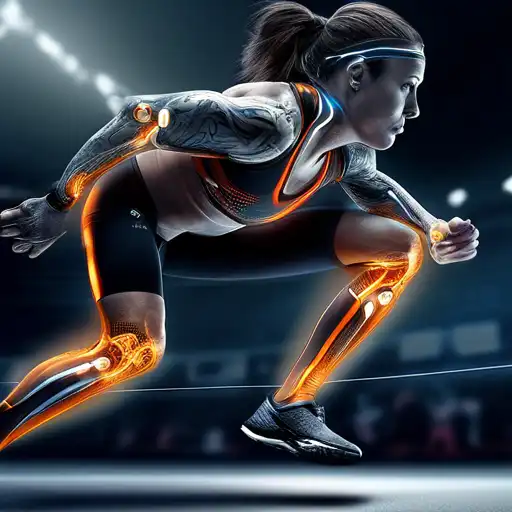Introduction to Wearable Technology in Sports
In the realm of competitive sports and personal fitness, wearable technology has emerged as a game-changer. These innovative devices are designed to monitor, analyze, and enhance athletic performance, offering insights that were once beyond reach. From tracking heart rate to measuring sleep quality, wearable tech provides athletes with the data needed to push their limits.
The Impact of Wearable Tech on Athletic Performance
Wearable technology has significantly impacted how athletes train and perform. Devices such as smartwatches, fitness bands, and GPS trackers collect valuable data on various metrics including speed, distance, and calories burned. This data allows athletes and coaches to tailor training programs for optimal performance, reducing the risk of injury and overtraining.
Key Features of Wearable Tech for Athletes
- Real-time Monitoring: Track performance metrics in real-time to make immediate adjustments.
- Recovery Analysis: Monitor sleep and recovery to ensure the body is adequately rested.
- Customized Training Plans: Use data to create personalized training regimens.
- Injury Prevention: Identify potential injury risks by analyzing movement and exertion levels.
Top Wearable Tech Devices for Athletes
The market is flooded with wearable devices tailored for athletes. Some of the top picks include the Garmin Forerunner for runners, the Whoop Strap for recovery analysis, and the Apple Watch for a versatile fitness tracking experience. Each device offers unique features to cater to different athletic needs.
How to Choose the Right Wearable Tech
Selecting the right wearable tech depends on the athlete's specific needs and goals. Consider factors such as the type of sport, desired metrics, battery life, and compatibility with other devices. It's also important to choose a device that fits comfortably and is durable enough to withstand rigorous activities.
The Future of Wearable Tech in Sports
The future of wearable technology in sports looks promising, with advancements in AI and machine learning paving the way for even more sophisticated devices. These future innovations could offer predictive analytics, enhanced biometric tracking, and even more personalized feedback to help athletes achieve their peak performance.
Conclusion
Wearable technology has revolutionized the way athletes train, perform, and recover. By leveraging the power of data, these devices offer unparalleled insights into athletic performance, making them an indispensable tool for athletes at all levels. As technology continues to evolve, the potential for further enhancing athletic performance is limitless.
